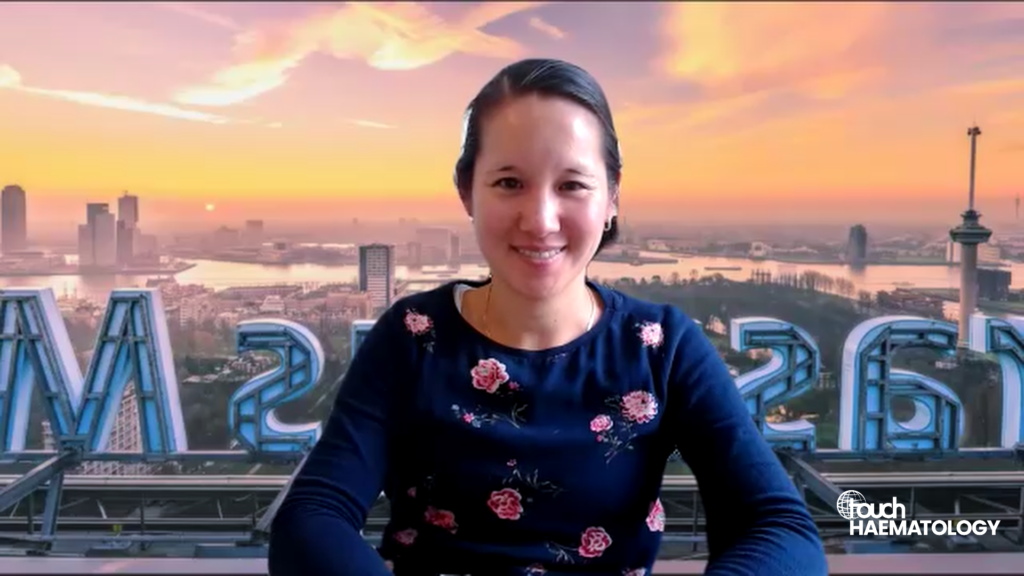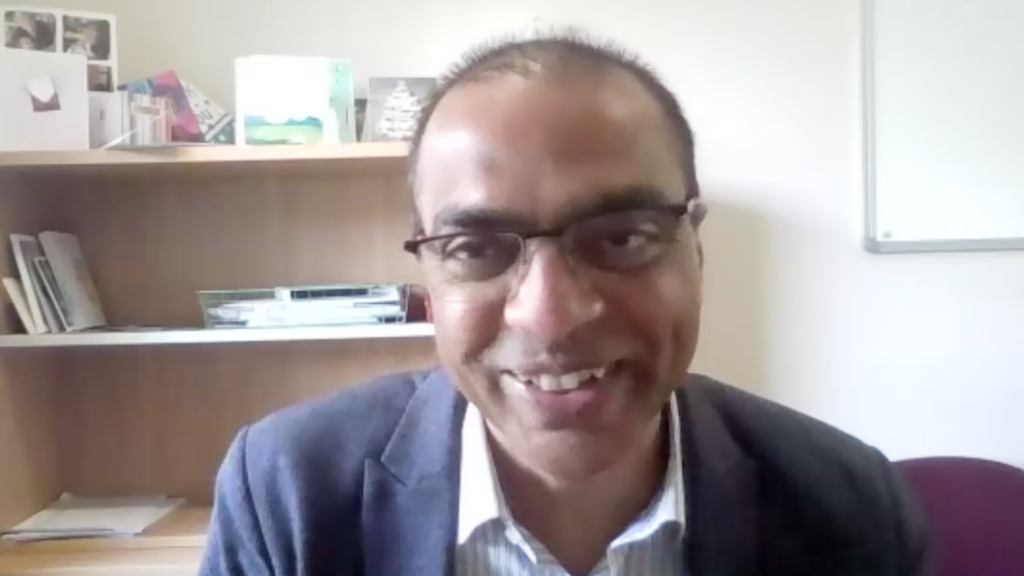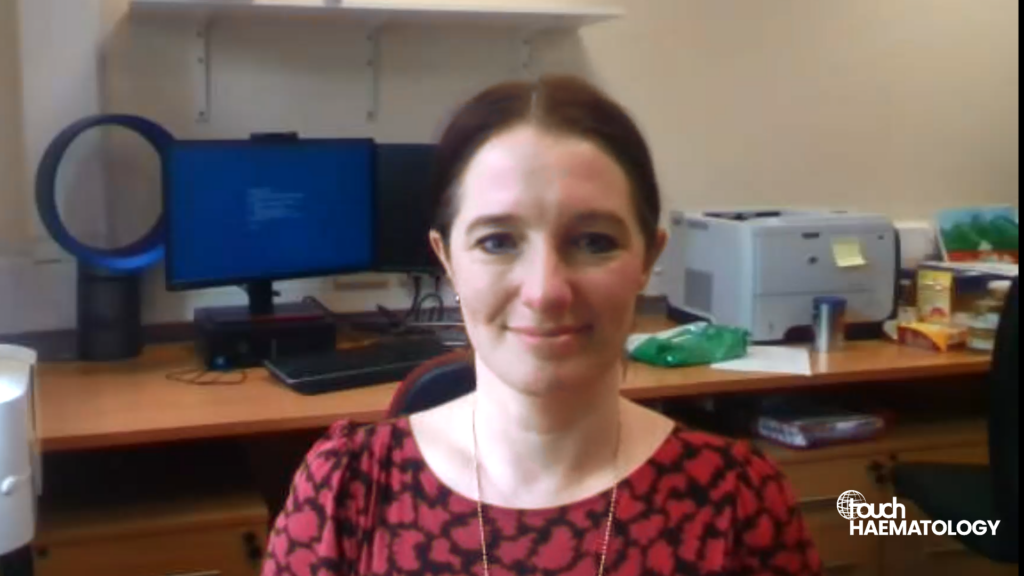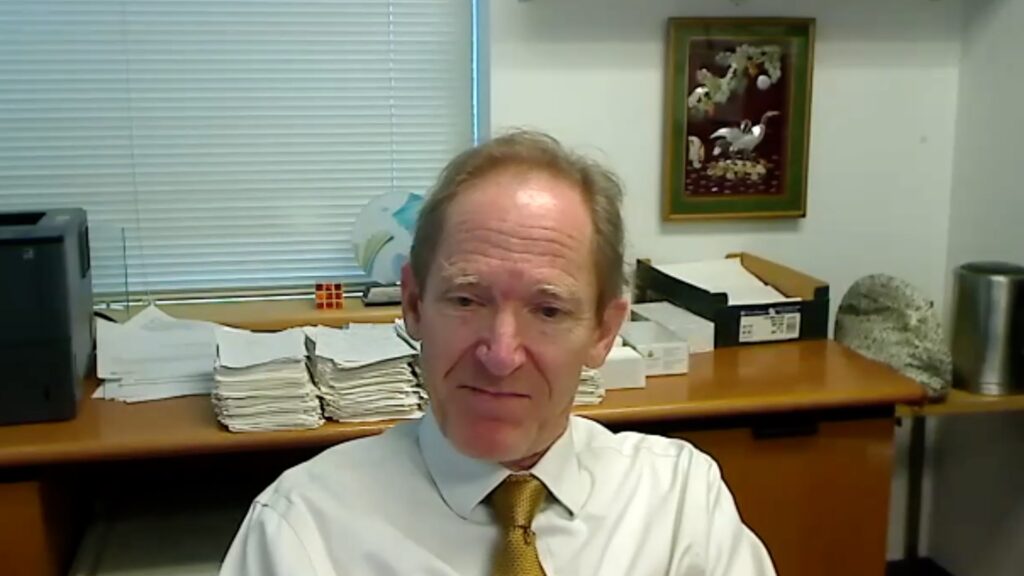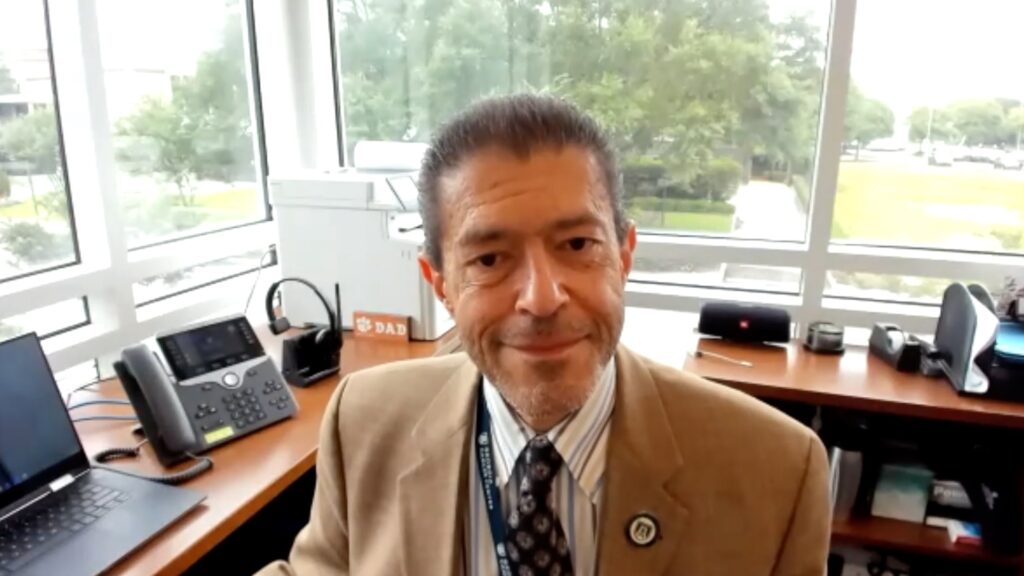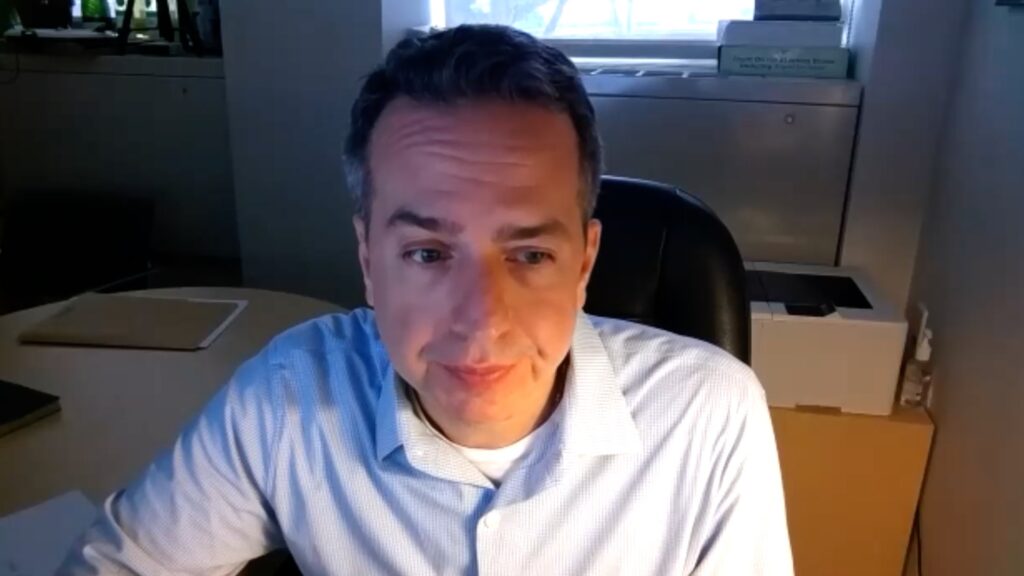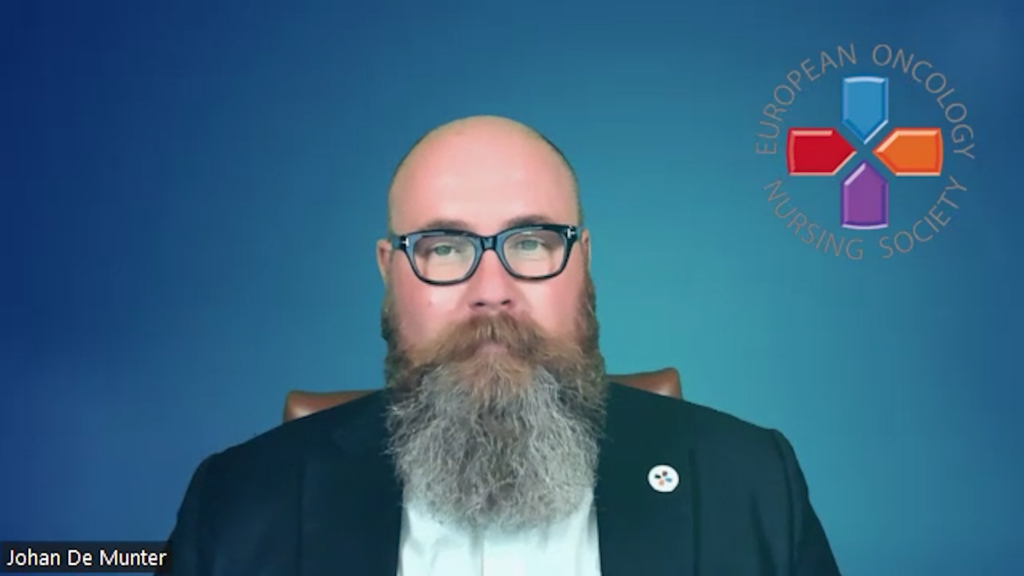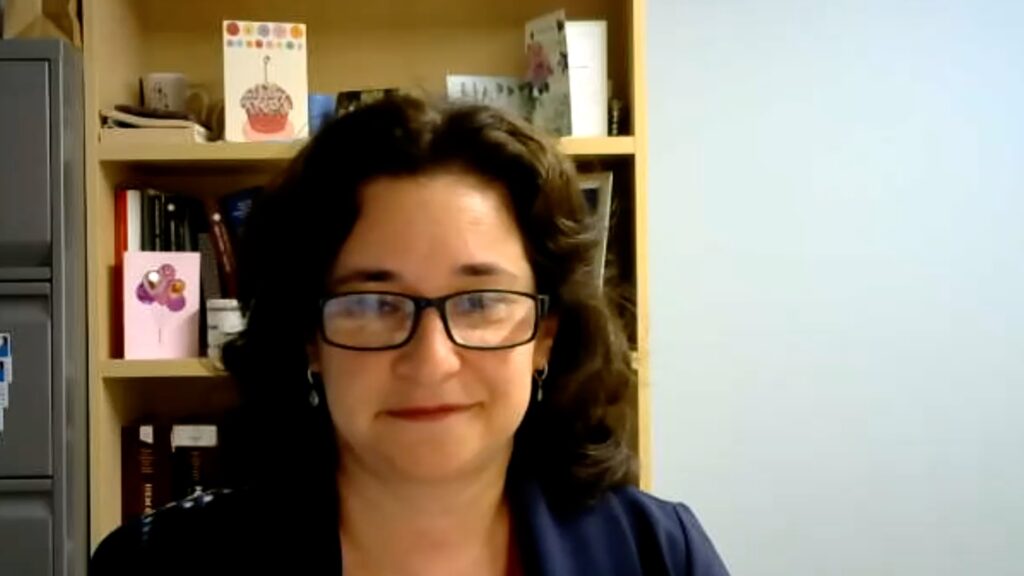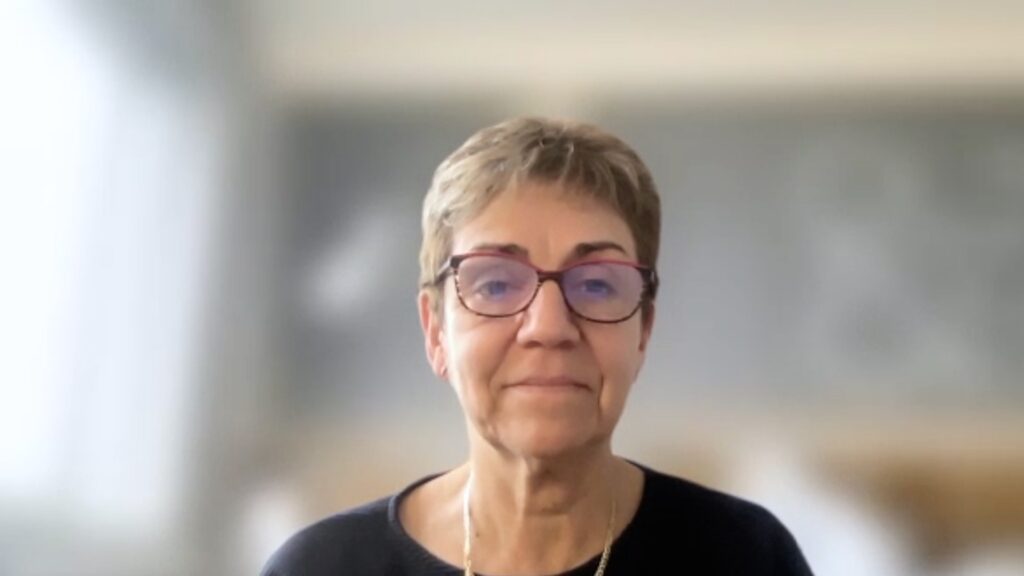A new study published in Blood explores the potential for successful pregnancy after allogeneic stem cell transplantation (allo-SCT), providing new hope for women who have undergone this intense treatment. Traditionally, allo-SCT, a procedure often used to treat various hematologic malignancies, has been associated with significant fertility challenges. However, the recent research highlights cases where women have successfully conceived and carried pregnancies to term following the procedure.
Key findings of the study include:
- Fertility preservation matters: Women who had undertaken fertility preservation measures prior to their transplantation had higher rates of successful conception. This underscores the importance of early counselling and intervention for women of childbearing age who are candidates for allo-HCT.
- Role of reduced-intensity conditioning (RIC): Patients who received RIC regimens, which are less aggressive than traditional conditioning therapies, exhibited better fertility outcomes. This suggests that tailoring treatment protocols can have a profound impact on post-transplant reproductive health.
- No significant increase in complications: Importantly, the study found no significant increase in pregnancy-related complications among the participants compared to the general population. Babies born to these mothers also showed standard health metrics.
This study is a significant step forward in understanding fertility preservation and pregnancy outcomes in women who undergo allo-SCT. The findings suggest that while challenges remain, motherhood is indeed possible for these women, offering a new perspective on post-transplant life. The research emphasizes the importance of early fertility counselling and intervention for women undergoing this treatment.
Disclosure: This article was created by the touchHAEMATOLOGY team utilizing AI as an editorial tool (ChatGPT (GPT-4o) [Large language model]. https://chat.openai.com/chat.) The content was developed and edited by human editors. No funding was received in the publication of this article.
Take a look at recent interviews and articles on haematological malignancies here

